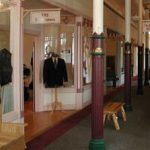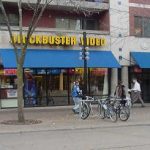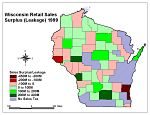Retail Outlet “Incubator” – Reusing a Downtown Department Store
Many downtowns have large underutilized buildings that once housed a department store or other large retailer. These downtowns face difficulty finding retail tenants who need such large spaces. Further, increased competition in the marketplace, including the development of “big-box” retail on the edge of town, have forced communities to look for new uses for underutilized downtown buildings. Metropolitan Shops is a unique, new development in Downtown Chippewa Falls, Wisconsin (pop. 12,925). It provides one example of how a former department store can be transformed into a unique retail center. This case study demonstrates the importance of local entrepreneurial energy in creating a successful project that is economically sound and in character with the community.
Read More...










